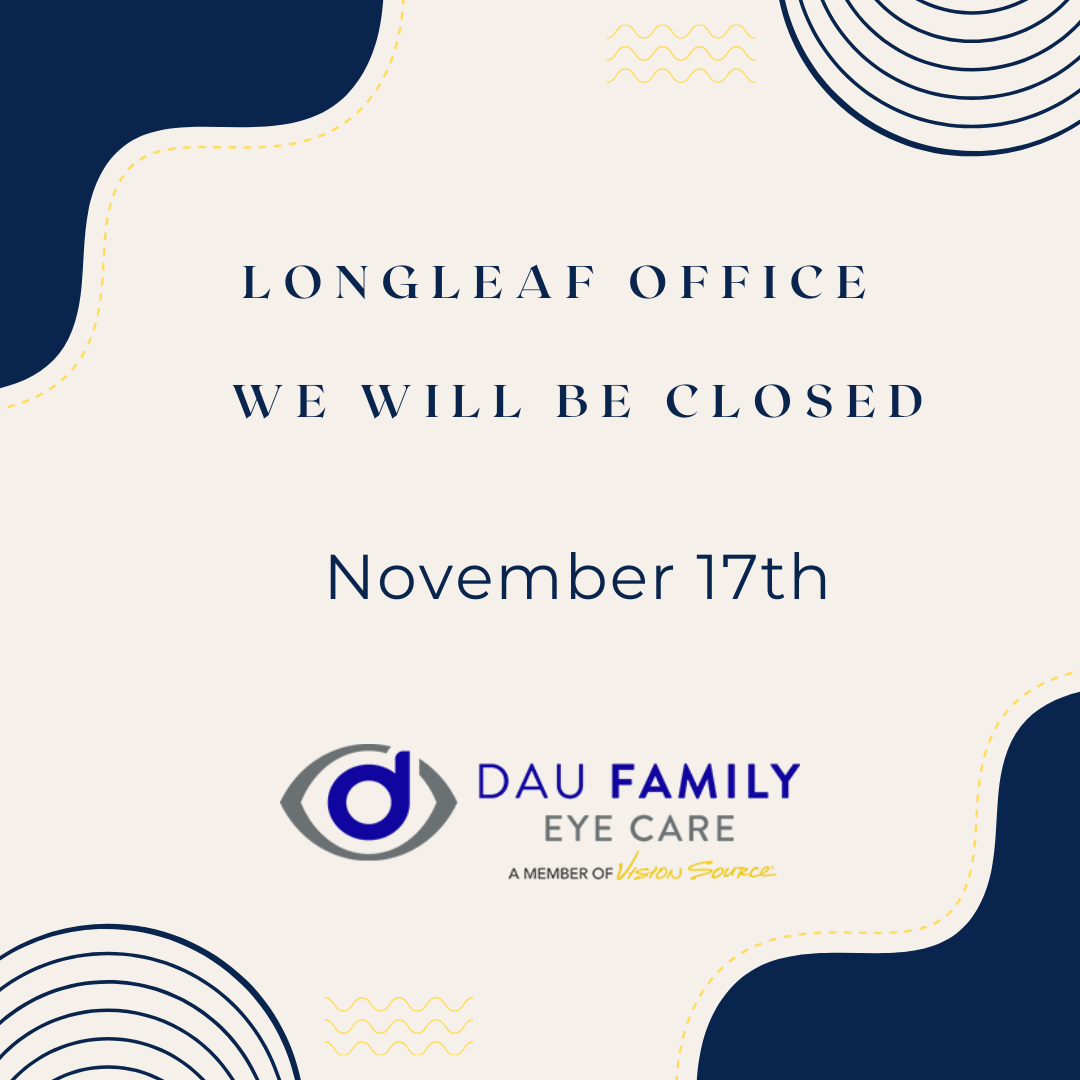
If someone is nearsighted, it means that they can see objects that are close to their face clearly, but things that are further away, such as road signs or license plates, could be blurred and difficult to read. Nearsightedness, also referred to as myopia, is the most common visual acuity problem in the United States. Research estimates that more than 40% of the U.S. population has myopia, although not everyone who suffers is actually diagnosed. Even more shockingly, this figure is expected to increase, and by 2050, around half the global population is expected to be nearsighted.
Although most people have heard of nearsightedness, many people still lack the knowledge to understand exactly what it is and what it can mean for their current and long-term vision. Here’s what you need to know about the causes and symptoms of this extremely common visual condition.
What causes nearsightedness?
Nearsightedness, or myopia, occurs when there is a problem in the way that the eye processes light that enters it. In order to be able to see clearly, the light that enters our eye must be refracted directly on to the retina, an area of light-sensitive cells at the very back of the eye. The light needs to hit the retina exactly in order for our vision to be perfectly clear. The less accurate this refraction is, the blurrier our vision will become because the retina is responsible for receiving the light and turning it into a message which will be sent to the brain via the optic nerve, telling us what we can see. In patients who are nearsighted, issues with refraction mean that the light is focused in front of the retina rather than directly on it.
Refractive errors tend to occur for one of two reasons: either the eyeball grows too long or the curve of the cornea which covers the eye is abnormal. These things can be hereditary, they may develop during childhood, or may occur suddenly as part of a disease or trauma.
What are the symptoms of nearsightedness?
There are a variety of signs that could indicate that a patient is becoming nearsighted. These symptoms include:
- Blurred vision when looking at mid to far distance
- The need to squint in order to bring objects that are far away into focus
- Headaches that are caused by eyestrain
- Difficulty driving at night due to glare
- Needing to sit closer to the board or television
- Blinking excessively
- Eye fatigue
- Rubbing the eyes frequently to try and clear blurriness
Many people who are developing nearsightedness soon start to realize that their day to day tasks are becoming more difficult. They may even seem to be unable to notice those objects that are further away.
Is there a treatment for nearsightedness?
The good news is that there are numerous different treatments available for nearsightedness. Some are temporary, meaning that your vision will return to normal the moment you stop using them. However, there are some options, such as laser vision correction, that offer permanent relief from the symptoms of nearsightedness. Your eye doctor will be able to discuss the various options with you to help you determine which is the most effective solution for you based on your individual needs.





